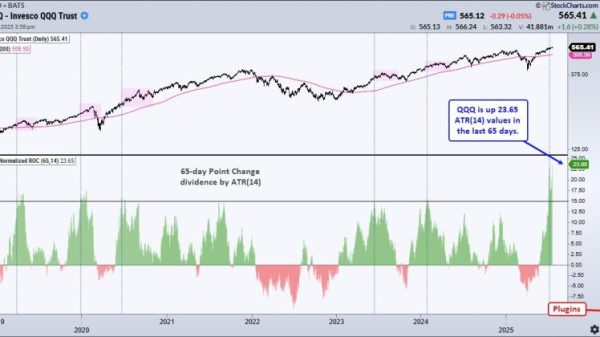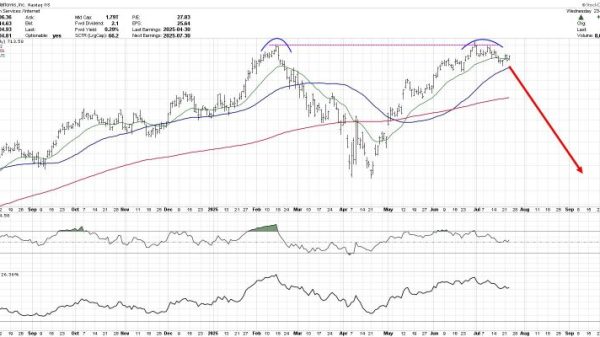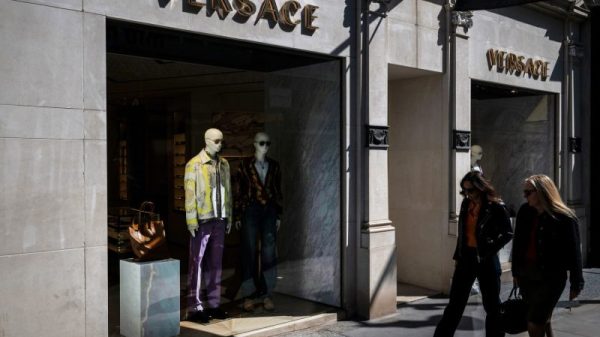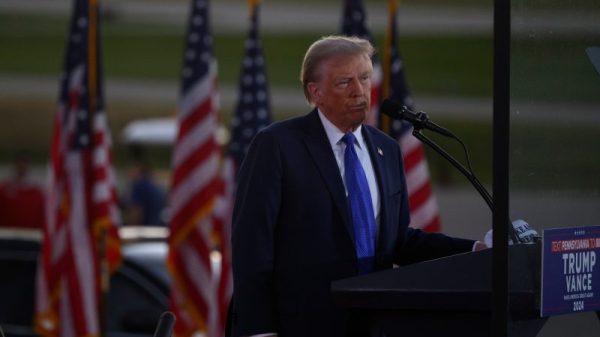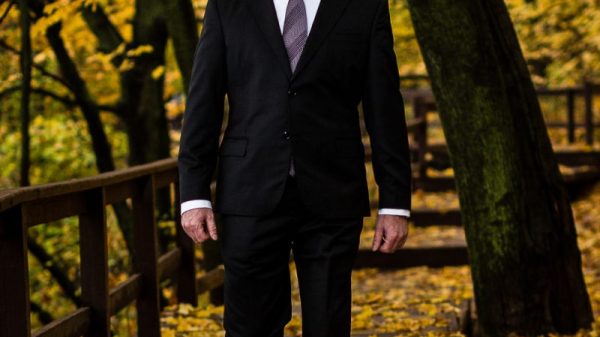Marines who survived a devastating suicide bombing during the U.S. evacuation from Afghanistan were mistaken in their belief that they had the attacker in their gunsights hours before the blast, a new military review determined, disputing allegations made before Congress and in the media.
The findings, released Monday after they were shared with the families of 13 service members killed in the August 2021 attack at the edge of Kabul’s Hamid Karzai International Airport, relied in part on facial recognition technology and interviews with the Marines and others who were not questioned during a previous investigation conducted soon after the explosion. The new review found that the Marines, while diligently performing their jobs on a sniper team, conflated vetted intelligence reports with unverified “spot reports” made by service members on-site, leading to confusion.
“Over the past two years, some service members have claimed that they had the bomber in their sights and they could have prevented the attack,” a member of the review team said, speaking to reporters on the condition of anonymity under ground rules set by the Pentagon. “But we now know that is not correct.”
The renewed scrutiny underscores how the bombing, which also killed about 170 Afghans and wounded 45 additional U.S. troops, continues to haunt both survivors and the Biden administration.
Predicted for days, the attack was a traumatic nadir to the hastily arranged airlift that ferried 124,000 people to safety as Taliban fighters swept into Afghanistan’s capital and the U.S.-backed government fled, ending 20 years of war. For President Biden, the incident remains a low point, with House Republicans, who continue to investigate the decision-making that precipitated it, having pledged to hold him and his administration accountable for the bloodshed.
The military’s supplemental review was ordered by Gen. Michael “Erik” Kurilla, head of U.S. Central Command, in September, more than a year after Marines who survived the bombing surfaced their contention that the Islamic State operative responsible for the attack could have been shot dead before he harmed anyone. The issue was first raised by Sgt. Tyler Vargas-Andrews in an interview with The Washington Post near the first anniversary of the attack, and subsequently in testimony he delivered to the House Foreign Affairs Committee.
“To this day, we believe he was the suicide bomber,” Vargas-Andrews told lawmakers under oath last year. “Plain and simple, we were ignored. Our expertise was disregarded.”
Vargas-Andrews said in a phone interview that he appreciated the review team’s work and that, after a briefing last week, he now agrees that the “bald man in black” — distinguishable because of his black headscarf and shaved head — was not the suicide bomber.
“I will say this: I think the investigation team did a really good job and were really thorough,” said Vargas-Andrews, who lost an arm and a leg in the explosion and underwent dozens of surgeries in the following year.
He added, though, that he still believes the Marines could have had the eventual bomber in their sights. They photographed numerous suspicious individuals, passing those images up their chain of command, but many of the photographs went missing, he said, including those of two other men the Marines requested permission to shoot.
“They straight-up told us in the briefing, ‘Hey, these photos don’t exist anywhere,’” he said.
A person familiar with the review team’s work, speaking on the condition of anonymity to discuss the situation, affirmed that some photographs captured by the sniper team — and other units — went missing in the chaotic last days of the evacuation.
The Post could not verify whether the snipers requested permission to shoot other suspicious individuals, but the person familiar with the review said that similar rules of engagement would have limited their ability to do so unless the men showed specific hostile intent.
Rep. Michael McCaul (R-Tex.), the Foreign Affairs Committee chairman, has said the allegations of the suicide bomber slipping away demonstrates the need for accountability. During a recent hearing, retired Gen. Mark A. Milley, the former chairman of the Joint Chiefs of Staff, told lawmakers that the “fundamental mistake” made by the Biden administration was the State Department’s failure to begin the evacuation before it was “too late.”
Review team members told reporters that the man the Marines thought was suspicious appeared about 7 a.m. at the airport’s Abbey Gate, prompting Vargas-Andrews’s sniper team — call sign Reaper 2 — to report suspicious activity up through their chain of command. In response, personnel in an operations center issued a warning known as a BOLO, short for be on the lookout.
“BOLO: Snipers at Abbey Gate identify individual in the crowd acting suspicious, clean shaved, bald head,” according to a message sent to service members that day and included in briefing slides shared with the media. “Individual is acting calm, not rushing towards the gate, but is instead sitting along the wall. The individual has a backpack and another clear bag that he has kept with him.”
About 8 a.m., Vargas-Andrews’s team radioed to request permission to shoot the man and eliminate the threat they believed he posed. The request was denied about 30 minutes later.
Vargas-Andrews told lawmakers that he then asked a senior commander to come to their security tower to observe the man they thought to be the bomber and that, when they asked again if they had permission to shoot, the commander responded “I don’t know.” The man faded into the crowd about 10 a.m., the review team found.
In the briefing slides made available by the Pentagon, the review team shared an image of the man and said he did not match numerous photographs of the suicide bomber, a member of the Islamic State’s branch in Afghanistan that the militants later identified as Abdul Rahman al-Logari.
The bomber, a review team official said, did not arrive at Abbey Gate until just before the explosion. The official declined to say how the military review determined that, saying some aspects of the matter remain classified. Al-Logari was among the thousands of militants freed by Taliban fighters a few weeks earlier as they emptied Afghan government prisons on their march to Kabul, a review team member said.
The review team interviewed 52 people, including Vargas-Andrews and a few dozen others who were wounded in the explosion and unable to speak to investigators in fall 2021. Eighteen people who were interviewed in the initial investigation were consulted again, review team members said.
The review team addressed several other issues, substantiating testimony from rank-and-file troops who observed Taliban fighters outside the airport abusing and killing civilians attempting to flee the country. The militants were posted there after a top U.S. commander, Gen. Kenneth “Frank,” McKenzie, negotiated an uneasy agreement with the group’s leaders that called for U.S. troops to safeguard the airport and its perimeter while the Taliban would provide security outside.
The review team credited U.S. troops involved in the evacuation with adhering to rules of engagement they had, and said that guidance was “clear, understood, and followed.”
However, the review team did not take up numerous reports from survivors that after the explosion, militants opened fire on U.S. service members. The initial investigation found that the loss of life was caused by the single explosion, and that troops who reported coming under gunfire and returning it were probably confused amid the chaos.
“If anything,” one review team member said, “we’ve only confirmed our assertions that there was no complex attack.”
Killed in the attack were 11 Marines: Lance Cpl. David Espinoza, 20; Sgt. Nicole Gee, 23; Staff Sgt. Darin Taylor Hoover, 31; Cpl. Hunter Lopez, 22; Lance Cpl. Dylan R. Merola, 20; Lance Cpl. Rylee McCollum, 20; Lance Cpl. Kareem Nikoui, 20; Cpl. Daegan William-Tyeler Page, 23; Sgt. Johanny Rosario Pichardo, 25; Cpl. Humberto Sanchez, 22; and Lance Cpl. Jared Schmitz, 20. Also killed were Army Staff Sgt. Ryan Knauss, 23, and Navy Hospital Corpsman Maxton Soviak, 22.
Hoover’s father, Darin Hoover, said in an interview that family members have been notified of the review team’s findings over each of the last two weekends. He said the team provided “much, much, much more detail than we were originally given,” but he still questioned whether they had the full truth about the suicide bomber.
“That’s not sitting too well with me, to be honest with you,” he said. “I think there is lot more to that they’re not telling us.”
The elder Hoover said Marines present after the explosion continue to insist they came under and returned gunfire, and he remains disgusted, he said, that the United States relied on the Taliban to provide security outside the airport.
“Here we are allowing the enemy to be our security,” he said. “It just makes no sense to me whatsoever.”






